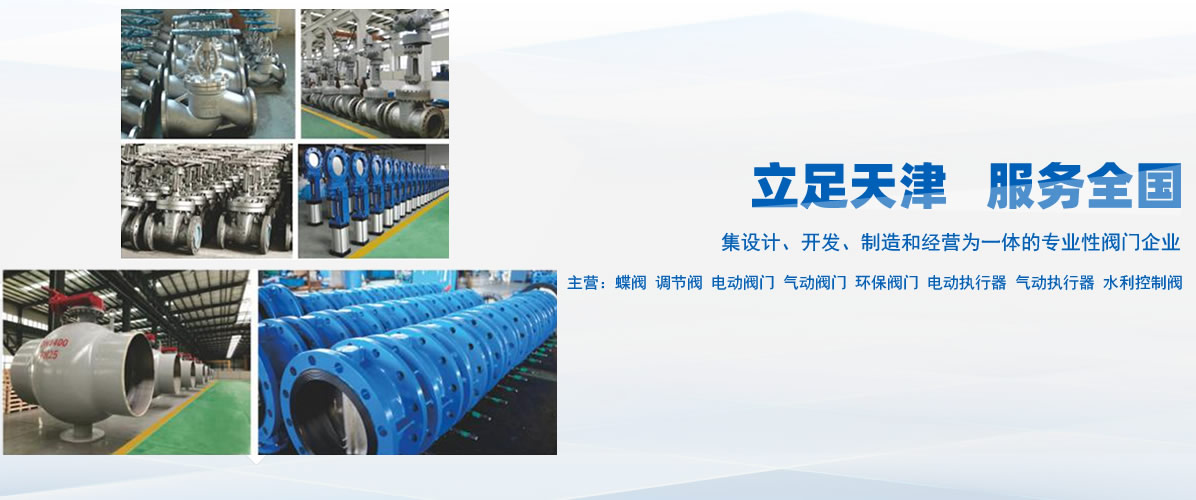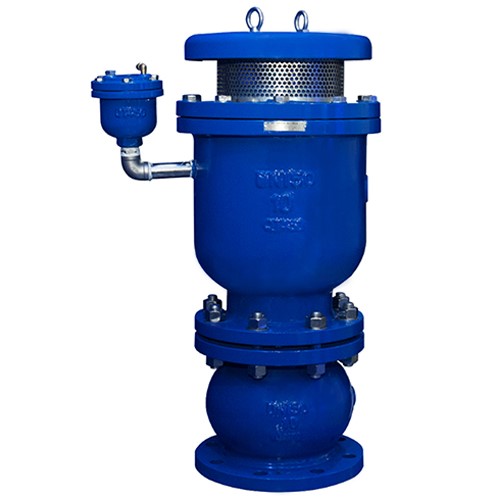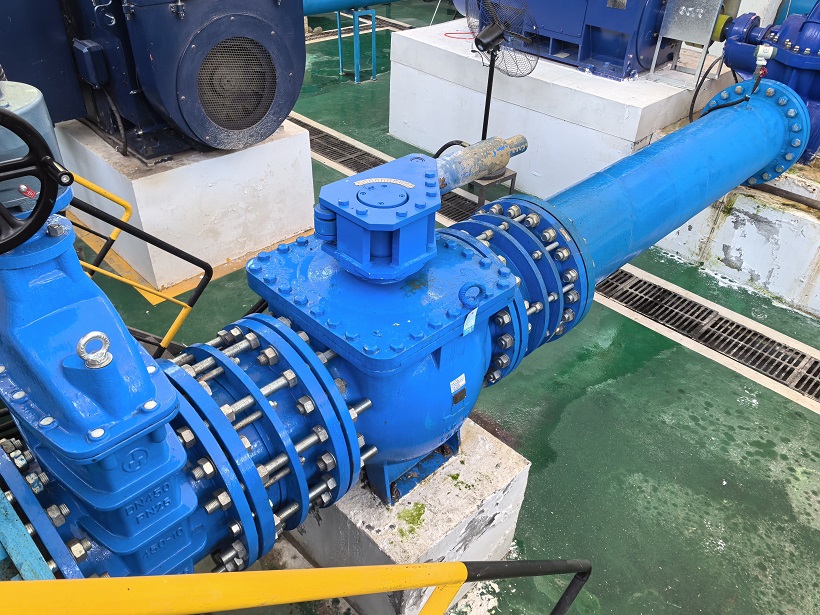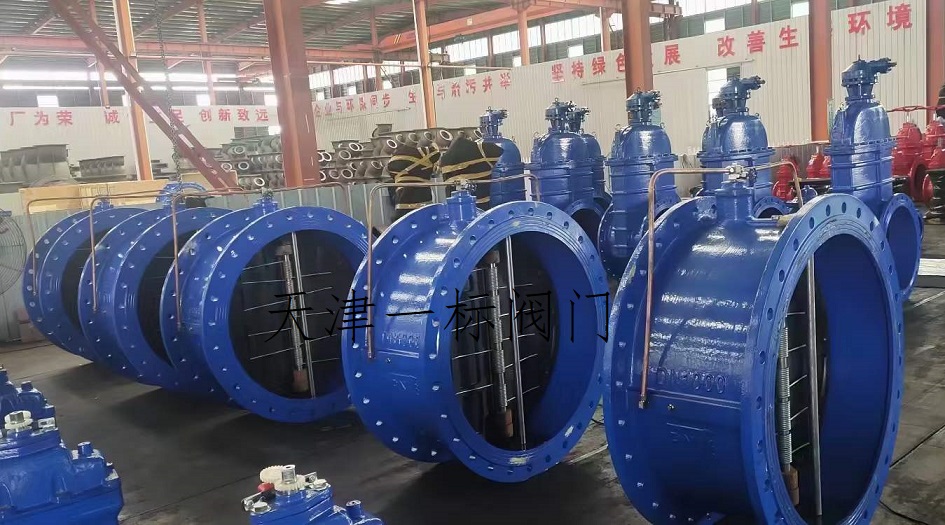basket filter
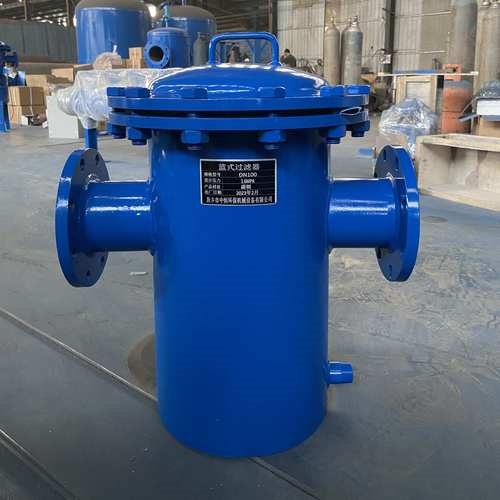
The following is a detailed introduction to basket filters, summarizing their definition, structure, working principle, application, and selection points:
1. Definition and core functions
A basket filter is an industrial fluid filtration device that intercepts solid particles in liquids or gases through a basket shaped filter screen, protecting downstream equipment such as pumps, compressors, and instruments from impurity damage while maintaining stable operation of the process system. Its name comes from the basket like shape of the filter screen, with a filtration area usually 2-3 times the cross-sectional area of the pipeline, significantly higher than Y-shaped and T-shaped filters.
2. Structure and composition
Main components: connecting pipe, cylinder, filter basket (core filter element), flange, flange cover, and fasteners.
Filter basket material: stainless steel (such as 316L), carbon steel or special alloy, with a filtration accuracy range of 5-1000 mesh (about 20-3000 μ m).
Connection method: mainly flange connection, some small caliber models support threaded connection.
3. Working principle
After the fluid enters the cylinder from the inlet, solid particles are intercepted by the filter basket, and the clean medium is discharged from the outlet through the filter screen. When impurities accumulate to a certain extent in the filter basket, it is necessary to remove the flange cover to clean the filter basket, which is easy to operate. Some models (such as SRB series) support dual design, enabling non-stop switching and cleaning.
4. Technical parameters
Parameter Range/Explanation Source
Working pressure 0.1-10.0 MPa (conventional 1.0-1.6 MPa)
Applicable temperature -30 ℃~+480 ℃ (special materials can reach higher temperatures)
Filtering accuracy 5-1000 mesh (customized according to media and industry requirements)
Diameter range DN25~DN600 (covering flow rates of 40~2400 m3/h)
5. Application Fields
Petrochemical industry: filtering oil products, hydrocarbons, and corrosive media (such as caustic soda and sulfuric acid).
Food and pharmaceuticals: hygiene grade filtration, used for aseptic processing of beverages, dairy products, etc.
Water treatment: Remove suspended solids from tap water and sewage.
Other industries include refrigeration systems (liquid oxygen, liquid hydrogen), metallurgy, papermaking, etc.
选型建议





